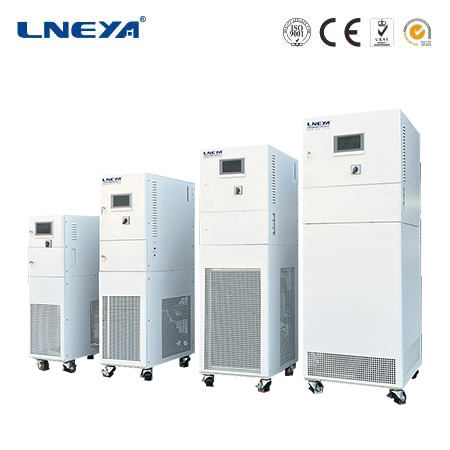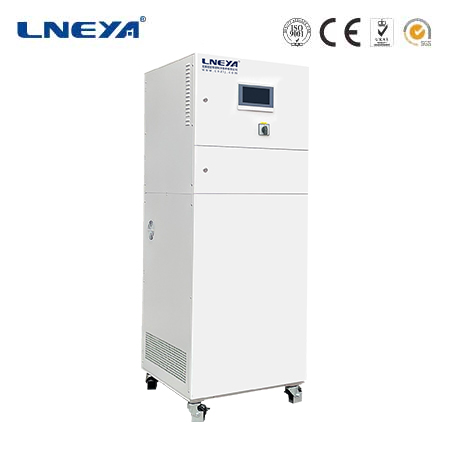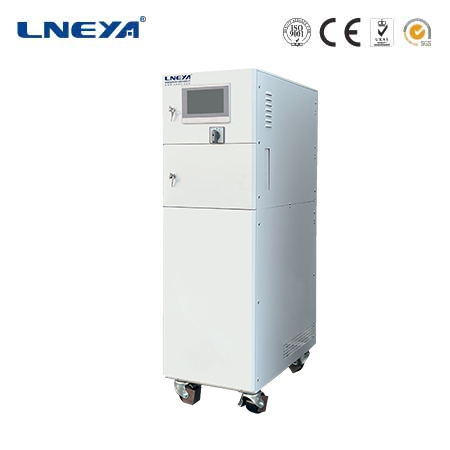thermic fluid heating system
Introduction to Thermic Fluid Heating Systems
Thermic fluid heating systems are engineered to transfer heat energy efficiently in industrial processes. These systems circulate a heat transfer medium, such as thermal oil or glycol, through a closed-loop system to provide indirect heating to process equipment, materials, and systems.

Components of Thermic Fluid Heating Systems
The major components of a thermic fluid heating system include:
Burner: Responsible for heating the thermal fluid before it is circulated through the system.
Combustion Chamber: Houses the burner and provides the initial path for the combustion gases.
Heat Exchanger Coil: Transfers heat from the combustion gases to the thermal fluid.
Expansion Tank: Compensates for the expansion of the thermal fluid as it heats up.
Pump: Controls the fluid movement throughout the system, managing velocity and pressure.
Control Panel: Manages the operation of the system, ensuring accurate temperature moderation.
Working Principles of Thermic Fluid Heating Systems

Thermic fluid heating systems operate on a closed-loop principle where the thermal fluid is heated and then recirculated, supplying heat to various parts of the process as needed. The system can maintain a constant supply temperature, allowing individual user control and varying temperatures through secondary control loops.
Advantages of Thermic Fluid Heating Systems
Thermic fluid heating systems offer several advantages over traditional steam systems:
High Temperatures at Low Pressures: They can achieve high temperatures with minimal vapor pressure, unlike steam systems.
Efficiency: They reduce auxiliary heating losses and recycle unused heat energy back into the system.
Safety: The indirect heating method enhances safety within a facility, especially when the heater is installed remotely.
Versatility: They can be adapted to various industrial processes and can handle a wide range of fluids.
Applications of Thermic Fluid Heating Systems

Thermic fluid heating systems are used in a variety of applications, including:
Chemical and Pharmaceutical Manufacturing: For precise temperature control in chemical reactions and processes.
Press & Moulding: Providing consistent heat for materials molding and pressing.
Food Processing: Used in applications such as cookers, fryers, and dryers.
Conclusion
Thermic fluid heating systems are a critical component of modern industrial heating processes, providing efficient and reliable heat transfer. Their ability to operate at high temperatures with low pressure, along with their versatility and safety features, makes them an ideal choice for a wide range of applications. As technology continues to advance, the capabilities and efficiency of these systems will continue to improve, further enhancing their role in industrial processes.
Related recommendations
heating and cooling cooler
690Heating and Cooling Coolers: Versatile Temperature Control Solutions Heating and cooling coolers are engineered systems designed to maintain precise temperature control in a variety of settings...
View detailswater bath maintenance
679Water Bath Maintenance: Ensuring Optimal Performance and Safety Water baths are indispensable pieces of equipment in laboratories, playing a vital role in maintaining precise temperatures for a...
View detailssingle fluid heating cooling system
436Introduction to Single Fluid Heating and Cooling Systems Single fluid heating and cooling systems represent a convergence of heating and cooling technologies into a single, unified system. Inst...
View detailsthermonics temperature forcing system
300Thermonics Temperature Forcing System: A Comprehensive OverviewIn numerous scientific, industrial, and technological endeavors, the ability to precisely control and manipulate temperatures is ess...
View details
 LNEYA Thermal Test Chillers
LNEYA Thermal Test Chillers






HelloPlease log in